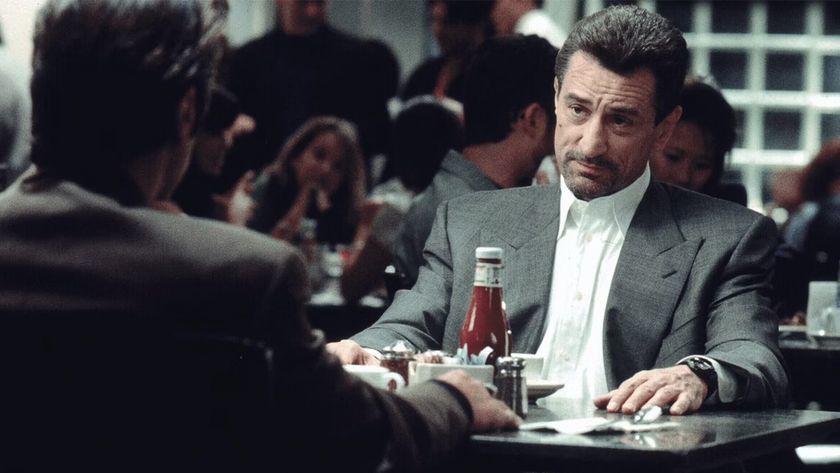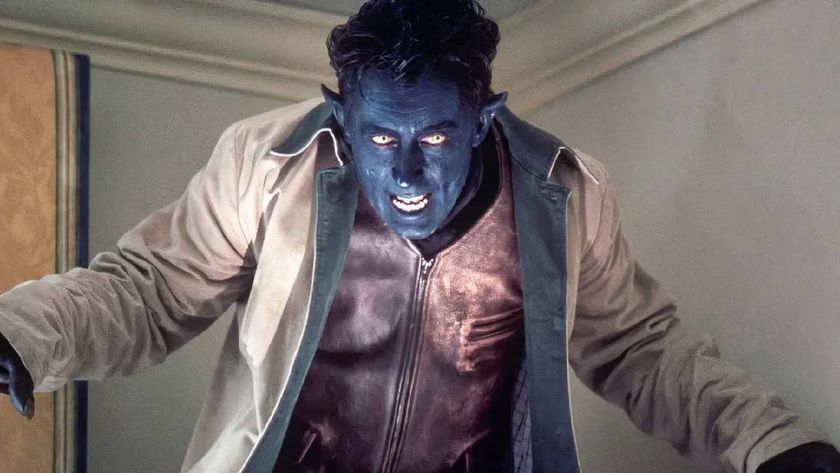25 Greatest Practical Effects
Who needs CGI?
Its A Wonderful Life (1946)
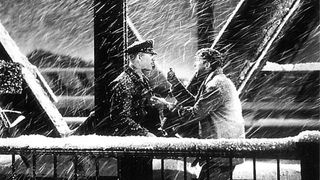
The Effect: Snow.
Practical Magic: The greatest Christmas film of all time (that doesn’t have muppets OR gin it) was actually filmed on a baking hot ranch in California.
Back in the ’40s if Hollywood wanted to make fake snow, they used crushed cornflakes – playing havok with the sound recording whenever the actors walked around.
Trying something new, RKO thought soap flakes would look (and sound) better – making Bedford Falls look like a Christmas card, even if you can clearly see the suds in recent blu-ray restorations.
Dawn Of The Dead (1978)
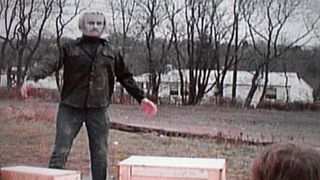
The Effect: Helicopter head.
Practical Magic: With so many legendary zombie effects to choose from, one scene from Romero’s back catalogue still stands half a head above the rest – with an undead idiot walking slowly towards a helicopter in Dawn , barely noticing that the blades are giving him a very sharp haircut.
Raiders Of The Lost Ark (1981)
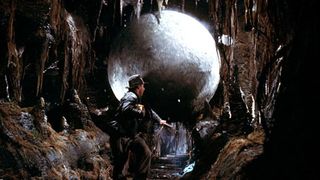
The Effect: The rolling boulder.
Practical Magic: A classic example of something handmade (that could now be knocked up in the computer in seconds) contributing to one of the most iconic moments in moviedom.
Running away from a giant boulder and leaping to safety through an open hole (emerging on a completely different set, filmed months apart), Indy was actually being chased by a big blob of fibreglass.
Raiders Of The Lost Ark (again)
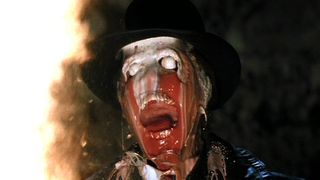
The Effect: The melting face.
Practical Magic: Three Nazis, three wonderfully gruesome deaths – one exploding, one imploding and one melting.
Dynamite and air compression cannons saw to the first two, but Toht’s (Ronald Lacey) death was trickier – rebuilt out of gelatine and stood next to a heat lamp for hours until he dripped off his mortal coil. Sped up with a time-lapse camera, it still looks pretty disgusting.
The Evil Dead (1981)
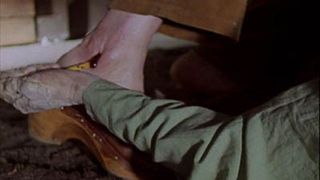
The Effect: The pencil in the foot.
Practical Magic: Sam Rami has contributed more than most to the field of practical effects.
His greatest moment is also his simplest – as a possessed Cheryl (Ellen Sandweiss) pushes a pencil into Linda’s (Betsy Baker) ankle in The Evil Dead . Made on a shoestring, the effect (achieved with a beautifully constructed prosthetic) still looks ridiculously painful.
Nightmare On Elm Street (1984)
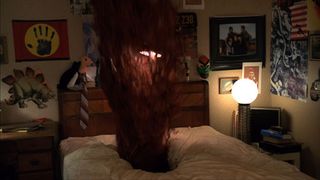
The Effect: The fountain of blood.
Practical Magic: Practical blood effects could probably get their own Best-Of list, and Wes Craven would probably top it with Glenn’s (Johnny Depp) death.
Needing a “fountain” of red stuff to gush out the bed, Wes built the set on a gimble and flipped it upside down. Emptying over 500 gallons of fake blood into the hole, the swell of liquid sent the room spinning the wrong way, electrocuted half the crew and made everyone very, very red.
Sign up for the Total Film Newsletter
Bringing all the latest movie news, features, and reviews to your inbox
The Fly (1986)
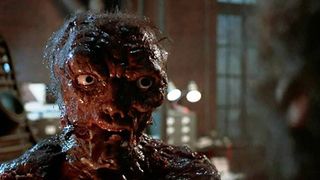
The Effect: The metamorphosis.
Practical Magic: Make-up artist Chris Wala won an Oscar for his work on David Cronenberg’s sticky body-horror – mostly for the moment Jeff Goldblum finally turns into a hideous fly-man, rotting from the outside and covered in gloop. All done with puppets, it’s still utterly stomach churning.
The Thing (1982)
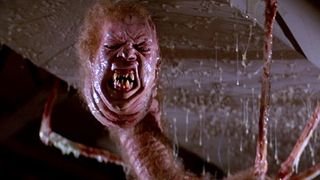
The Effect: The peeling dog.
Practical Magic: A veritable buffet of wonderfully disgusting effects – it’s hard to know which scene goes worst with lunch. The dog peeling back its own face? A gaping belly wound growing teeth and biting off someone’s arm off? A man’s head attached to a worm attached to a giant spider? All real , all puppets and all completely unforgettable.
Jason And The Argonauts (1963)
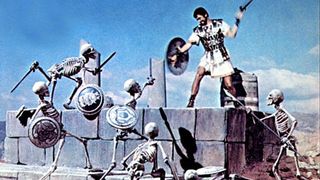
The Effect: The skeleton army.
Practical Magic: Ray Harryhausen was the grand master of stop-motion animation. Responsible for some of the most elaborate and haunting creature effects of the ’60s, Harryhausen’s skeleton army is his greatest achievement.
Taking over four months to animate, seven skeletons fight live actors on-screen at the same time – kinetic, deranged and manically alive .
Inception (2010)
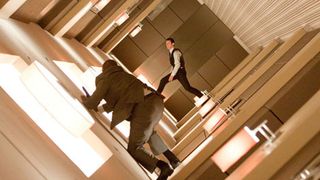
The Effect: The hallway fight.
Practical Magic: Ever since Fred Astaire danced on the ceiling with Tom and Jerry in Anchors Away (1944), the rotating film set has been used to defy gravity. Taking things to a whole new level, Christopher Nolan’s hallway fight was filmed using the same principle on a much, much bigger scale.
Likewise the shot of the bar where everything looks slightly ‘off’ – with the entire room keeled over on an axis (and the extras strapped to their chairs) to skew the look and feel of the whole scene.
